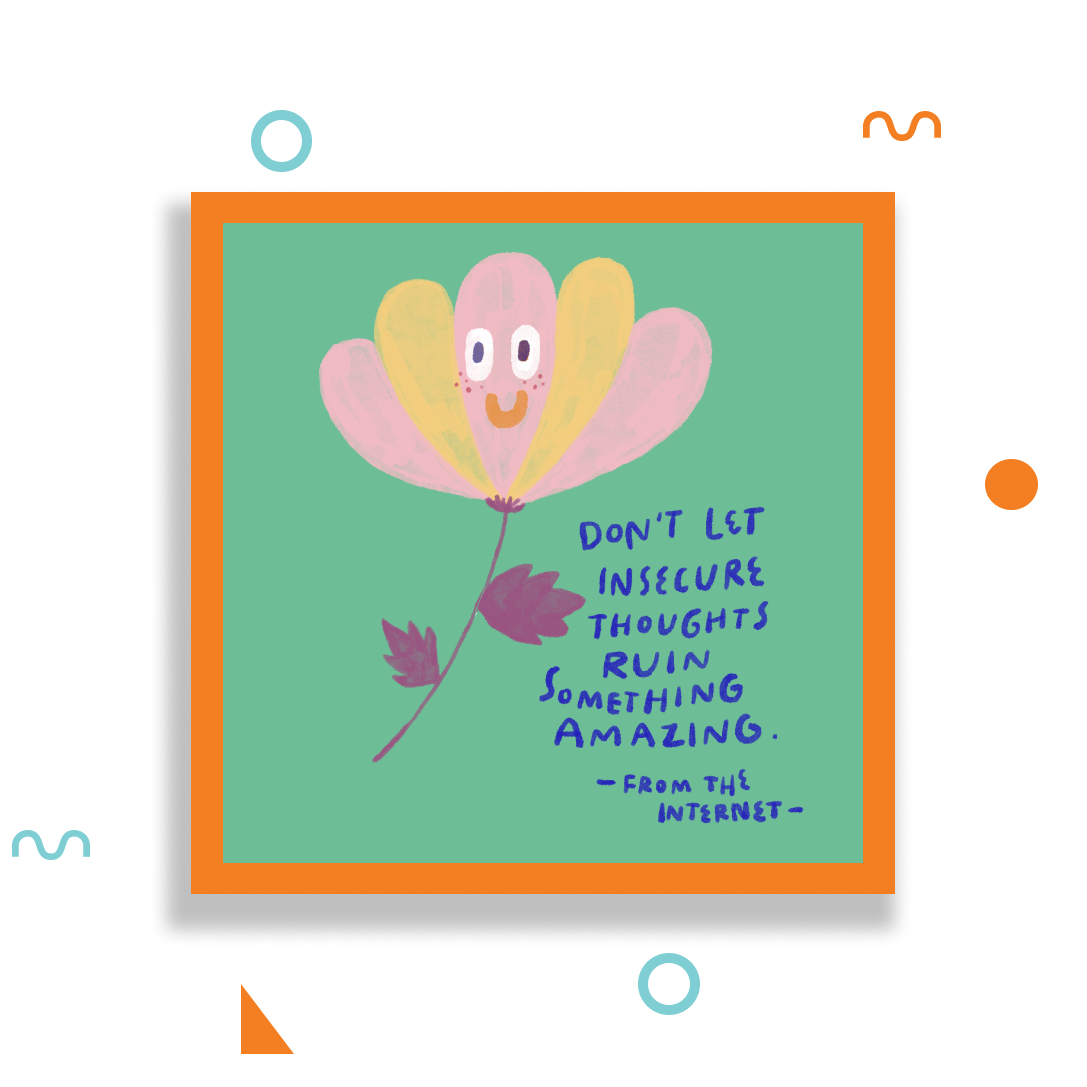
Chapter 1
Create a Storytelling Community
Issues of race and racism can be authentically and productively engaged with
Feeling of safety to explore controversial and contested topics that can be personally painful
A place to unlearn what they know
Supports students through process of learning and taking anti-racism action
Chapter 1: Overview
Main Objectives:
Students will collectively discuss and agree upon classroom norms and rules
Students will have a safe and supportive environment so that they may take appropriate risks (away from their “comfort zone”) during classroom discussion
Guidelines:
Know each other by name
Low-risk interaction opportunities
Multiple connections and relationships in group
Every student is integral
Respectful listening
Speaking from own experience
Able to express ignorance and ask questions without shame or fear
Able to indicate hurt or offense
Able to address misunderstandings
Chapter 1: Lesson 1
Comfort Zone and Learning Edge: Guidelines for a Risk-Supportive Learning Community
Learning Outcomes:
Students will have a chance to openly discuss and collectively agree upon classroom norms and rules for embarking on their study of race and racism
Students will anonymously note what they would like to learn or understand about the topic (hopes) and what they fear about exploring such a topic in the classroom (fears)
They will be introduced to the concept of “comfort zone” and “learning edge” as a way to monitor their own reactions to course content and develop appropriate ways to take risks
Lesson Outline:
Opening (17 min)
(5 min) Opening Up Our Space
(10 min) Deeper Facilitator/Teacher Intro
(1 min) Guiding Questions
(1 min) Agenda: How We’ll Spend Our Time
Content (30 min)
(5 min) Introductions
(15 min) Zones of Learning
(10 min) Co-Creation of Learning
Reflections/Exit Slip (13 min)
Chapter 1: Lesson 2
Prevalence of Race Continuum
Learning Outcomes:
Students will be able to learn about their own and each other’s experiences in regards to race and racism
Through movement and placement within a continuum students will be able to visualize the degree of impact that race has in their own and other people’s lives
Lesson Outline:
Review guidelines established by the group
Students indicate their alignment along a continuum (“true for me” to “not true for me”) in response to statements about cultural heritage, experiences of racism, and feelings about racism
Explain the four story types the curriculum is based around: Stock Stories, Concealed Stories, Resistance Stories, and Counter Stories

